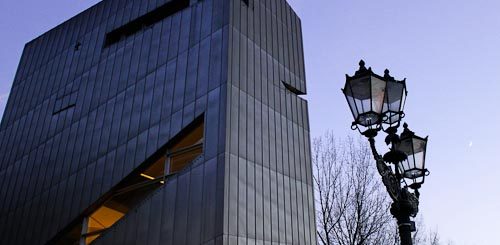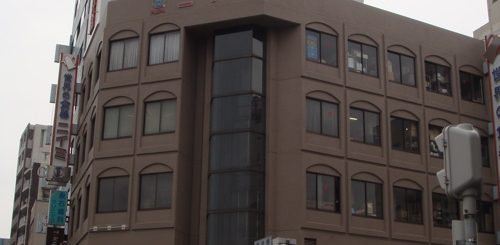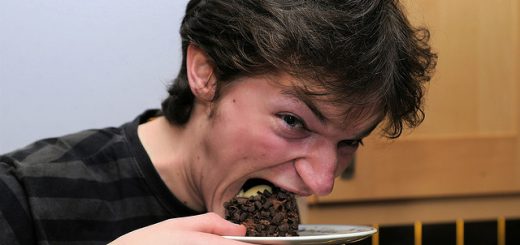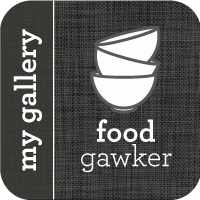{ask me anything about anywhere} Travel Tips for Hong Kong & Shenzhen
People ask me for travel advice all the time, and sometimes I just don’t get around to blogging about it in advance. Here’s your chance to ask me anything about anywhere! If I have any good intel–I’ll gladly share it with you.
The question: “I’m finally making that trip to China I’ve talked about for so long – and will be spending 3 weeks in Hong Kong and Shenzhen. Any advice would be appreciated!”
Hong Kong is one of my favorite world cities, and neighboring Macau also holds a very dear place in my heart–so while I must admit I’m a little jealous about your impending journey, I’m excited to share some fun things to do!

Let’s just get this out of the way right now: in Hong Kong they actually do use bamboo for skyscraper scaffolding, as seen in every Jackie Chan movie ever made. This, I feel, is incredible.
No trip to Hong Kong is complete without a trip on the creaky wooden tram up to the top of Victoria Peak, the high hill that looms above the city. Ignore the weird wok-shaped mall up there, and focus on the panoramic view of the sprawling city. You can also circle the Peak on a 30-45 minute loop through trees and urban wilderness to see some of the less developed sides of the island. If you work up a thirst, have a drink at The Lookout before heading back down- which you can do on foot if you fancy a walk.

This might sound strange, but I think one of the most fun ways to get between harbor and hill is the Mid-Levels, a long series of escalators built to take businesspeople between their Peak-face apartment complexes to the flatland financial district. You might be tempted to get off to explore the streets that cross the Mid-Levels, which are full of shops, restaurants, markets, and commotion. A note: they switch directions depending on what time of day it is, so be aware of that.

Not far from the Mid-Levels is the boutiquey-cool Gough Street. The stretch between Shing Wong and Aberdeen offers cute and quirky restaurants among locally-owned design and art shops. Another actively gentrifying neighborhood to check out is Wan Chai, which is starting to get its share of hipster restaurants and shops. The area by St. Francis Yard, Star Street, and Sun Street is the epicenter of this burgeoning coolness. If you’re sick of dim sum and craving really good French toast with an in crowd, try Capital Cafe.
Legend holds that one of the first permanent structures the British colonists built was the Happy Valley Horse Track, and Hong Kongers still greatly enjoy this equestrian pastime. The weeknight tournaments offer a chance to place a few bets, mingle with the after-work cocktail crowd, and join in a Hong Kong institution. Best of all, the track is smack in the center of the city, nestled among the tall buildings.

You can cross to the Kowloon side of the river for a cheesy-cool laser light show that happens each night at 8 PM. Head to the Tsim Sha Tsui waterfront for the best view of the free entertainment. To counteract the lowbrow nature of the show, follow it up with a drink at the louche Peninsula Hotel (or dinner at the venerated Felix in the hotel, if someone else is paying.) Like any great world city, hot restaurants and bars have a lot more turnover than sights to see, so I’d recommend turning to this recent New York Times article for more tips on where to eat.
I am transit-oriented by nature, so I also fancy a random jaunt on the old double-decker trolleys. Sit on the upper level to get a 2-dollar tour of neighborhoods bustling with noodle shops, meat markets, and more.

I highly recommend a day trip (at least) to Macau–you can get a one-hour ferry from Hong Kong and be back in time for dinner. The history of Macau is fascinating, as it was technically a Portuguese colony from the 1500s until 1999, making it both the first and last European colony in China.The cuisine of Macau reflects this history, and is influenced by the flavors of China, Portugal, and the former Portuguese colonies in India and Africa. Not only can you have a great Macanese meal at Henri’s, you can also drink cheap Portuguese wine or a pitcher of sangria—a welcome surprise in China’s wine desert. After lunch, it’s easy to forget you’re in China at all as you stroll the tiled expanses and marvel at the colonial European architecture you’re seeing. Of course, the skyline is dominated by the many casinos of Stanley Ho’s empire. In the 1960s, as mainland China was crumbling under Mao’s iron fist, former smuggler and black marketeer Ho was building up a fantastical casino empire. Now familiar Western casino brands like Wynn and MGM mingle with his myriad enterprises.

I have never been to Shenzhen, but I do have one recommendation for you: you should read Peter Hessler’s fabulous book about modern China, Oracle Bones, which includes some fascinating chapters on Shenzhen’s unique development and culture.
For books to get you in the Hong Kong mood, my top pick is James Clavell’s slightly silly but highly entertaining historical novel Tai-Pan, which takes place in Hong Kong and Macau during the very beginnings of the British colonization in the 1800s. To get a flavor of Hong Kong before and during the Japanese occupation of World War II, I recommend The Piano Teacher by Janice YK Lee. If you want a longer read that will give you a good overall history of China, I highly recommend Jung Chang’s personal story of growing up during the Cultural Revolution, Wild Swans. Chang weaves her highly compelling autobiography with an overview of 20th century Chinese history.






Cool, I was looking for some tips before I venture off to Hong Kong. The creeky wooden tram sounds like fun!
There are many awe-inspiring man-made attractions and creations, and a visit to this city leaves an impression forever.